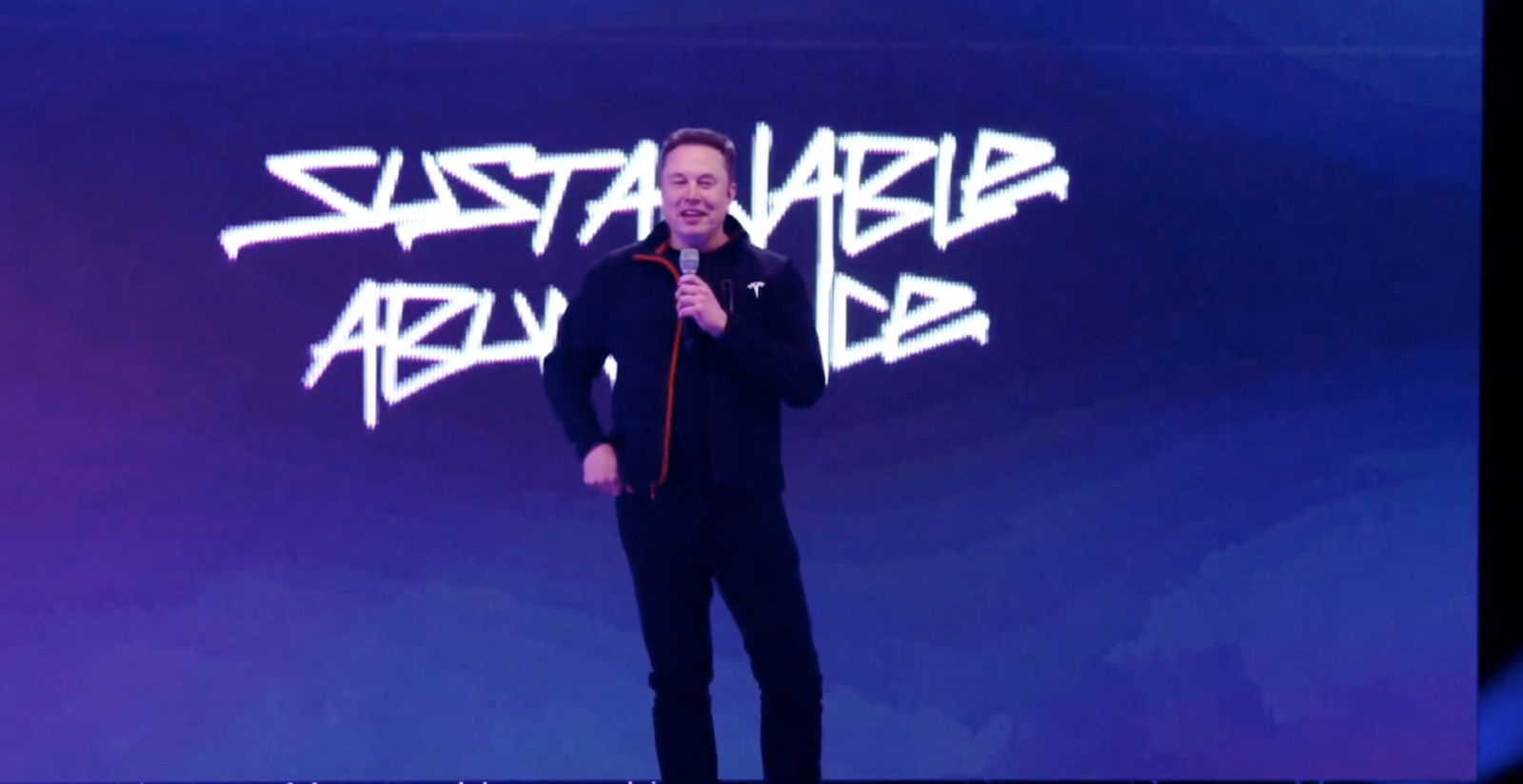
Elon Musk pay deal: What Pretoria-born billionaire has to do to get R17 trillion package
South African expat Elon Musk has unprecedented conditions to meet to secure his huge $1 trillion pay deal from Tesla.

Tech billionaire and South African expat Elon Musk had his mouthwatering $1 trillion (R17.3 trillion at current rate of exchange) pay package approved by Tesla shareholders on Thursday, and the world’s richest man seems ready to dazzle to achieve the demanding performance targets.
The historic executive pay deal, which drew applause from the audience at the annual general meeting in Austin, Texas, was approved by 75% of votes. The structure ensures Musk receives the massive payout, worth nearly $1 trillion, only if he dramatically increases the electric carmakers market value over the next decade by meeting specific financial and operational goals.
The Tesla board argued that approval was crucial to prevent Musk from potentially leaving the company, noting that it could not afford to lose him.
$8.5 Trillion market cap: Core condition behind Elon Musk pay deal
The compensation scheme is divided into 12 distinct tranches of stock options that vest upon meeting these milestones.
The first hurdle requires Tesla’s market capitalisation to reach $2 trillion, but to fully vest the entire package, the company’s valuation must climb to an enormous $8.5 trillion. When the pay package was approved, Tesla’s market cap was approximately $1.54 trillion.
Achieving this goal would represent a tenfold increase required from an earlier compensation deal that was successfully ratified by shareholders.
Musk must also satisfy several challenging operational goals within the next 10 years. Key among these are delivering a total of 20 million Tesla electric vehicles – a volume more than double the company’s total output from the prior dozen years.
Optimus robots and core profits
Reflecting Musk’s future vision, which he called “a whole new book” for the company, the conditions extend beyond traditional vehicle manufacturing.
He is required to deploy 1 million humanoid robots, named Optimus, into the world. Simultaneously, he must put 1 million Robotaxis into commercial service, potentially replacing the goal of selling 10 million active full self-driving subscriptions.
Financially, Musk must also ensure Tesla achieves $400 billion in “core profits” across the decade. For context, Tesla’s actual earnings were $4.2 billion in the third quarter of 2025.
Finally, Musk must remain vested in the company for a minimum of seven and a half years, and contribute to a long-term succession plan.
Despite the board arguing that losing Musk would be too costly, the pay deal faced opposition from significant institutional investors like Norway’s sovereign wealth fund and the California Public Employees’ Retirement System (CalPERS).
Nevertheless, if Musk successfully pulls off these achievements, he stands to increase his ownership stake to about 25% – a reward structured less as a bonus and more as a high-stakes challenge.
